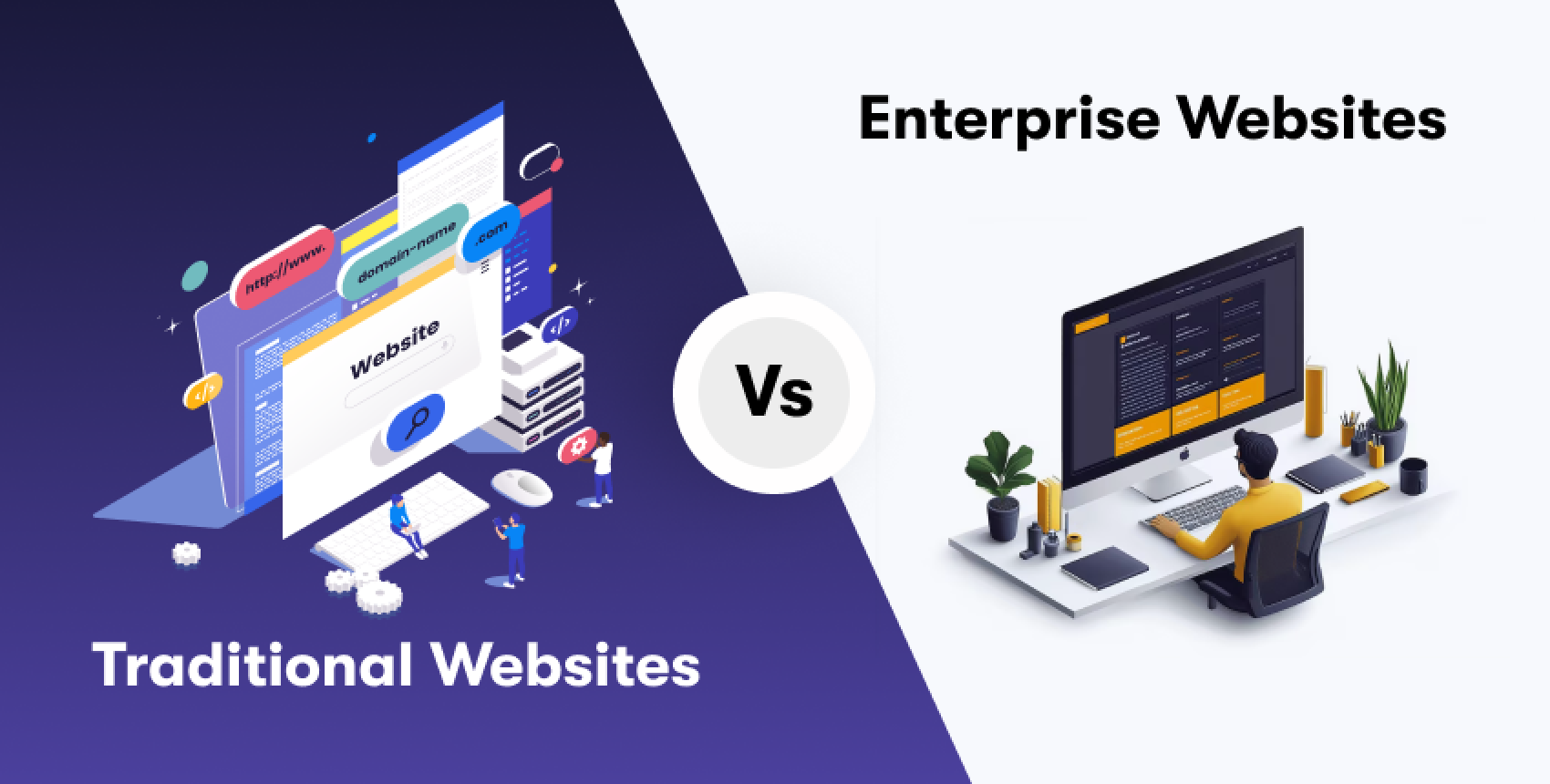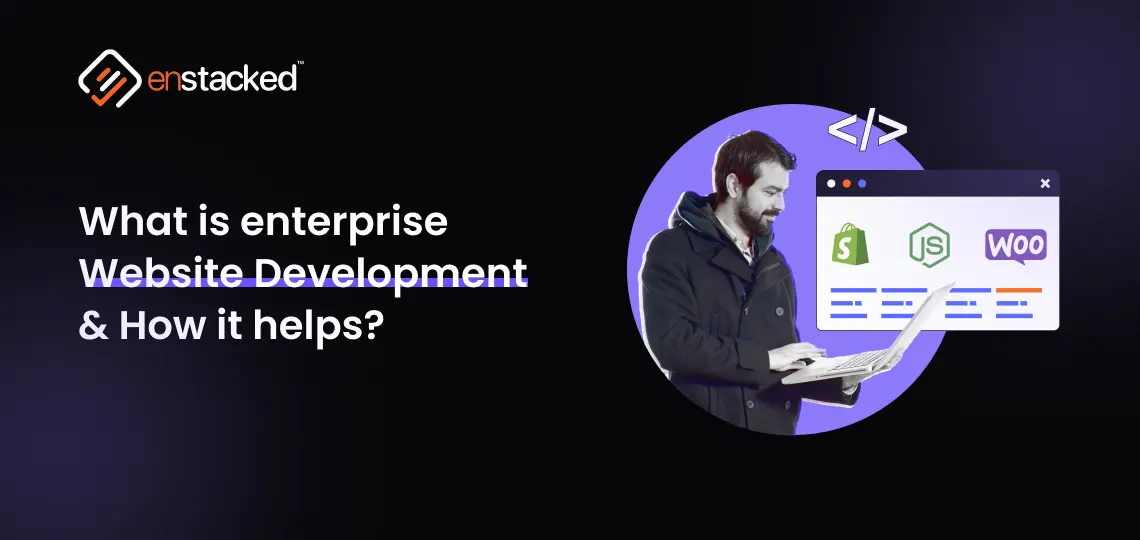In today’s competitive digital landscape, enterprises need more than a standard website—they require scalable, feature-rich platforms tailored to complex business needs. From streamlining workflows to integrating with ERP and CRM systems, enterprise web development delivers powerful solutions.
Fun Fact: The global enterprise software market is projected to hit $569 billion by 2027 (Gartner). Let’s explore how to build a high-performing enterprise website.
What is Enterprise Web Development?
Enterprise web development refers to creating advanced, scalable web applications designed specifically for large businesses and organizations. These web solutions help streamline operations, enhance productivity, and integrate with internal tools like CRM, ERP, and analytics systems.
Unlike simple websites, enterprise web platforms support complex features such as real-time data processing, security compliance, and multi-user environments.
Key Features of Enterprise Web Applications Development
1. Scalability
Designed to handle thousands of users, large datasets, and high-volume transactions without performance issues.
2. Security Compliance
Uses secure protocols, data encryption, multi-factor authentication, and meets standards like GDPR, HIPAA, and SOC 2.
3. Third-Party Integrations
Easily connects to ERP systems (e.g., SAP), CRMs (e.g., Salesforce), payment gateways, and APIs.
4. Custom Architecture
Built using flexible stacks like MERN or MEAN, serverless functions, microservices, and headless CMS platforms.
5. Cross-Platform Accessibility
Responsive design ensures a smooth user experience across desktops, mobiles, and tablets.
Let’s turn your vision into reality.
👉 Discover how Enstacked can power your enterprise Web App with full-stack development innovation.
Enterprise Web Development vs Traditional Websites

| Feature | Enterprise Web Development | Traditional Websites |
|---|---|---|
| Users | Yes | Dozens to hundreds |
| Integrations | ERP, CRM, API, legacy systems | Minimal or none |
| Security | High-level, encrypted, compliant | Basic protection |
| Scalability | High-volume readiness | Limited scalability |
| Customization | Fully tailored to business logic | Template-based or limited |
Technologies Used in Enterprise Web Development
Frontend: React.js, Angular, Vue.js
Backend: Node.js, Django, Spring Boot
Databases: PostgreSQL, MySQL, MongoDB
Cloud: AWS, Google Cloud, Azure
DevOps: Docker, Kubernetes, Jenkins
CMS: Headless CMS like Strapi, Contentful
Best Practices for Enterprise Web Development
- Use agile development and iterative sprints
- Implement CI/CD pipelines for smooth deployment
- Follow accessibility and UX best practices
- Use modular, scalable code architecture
- Optimize for speed, SEO, and mobile-first design
Enterprise Web App Development Steps
Requirements gathering and stakeholder alignment
Define KPIs and success metrics
Design architecture and UI/UX
Develop front-end and back-end modules
Integrate with existing systems
Security testing and performance optimization
Deployment and ongoing support
Pro Tip: Hire Dedicated developers for the web App Development from Enstacked.
How Much Does Enterprise Web Development Cost?
The cost typically ranges from $15,000 to $50,000+, depending on:
Features & integrations
Design complexity
Technology stack
Hosting & maintenance
To Wrap it All
Here’s the wrap on the ultimate guide to enterprise website development. We hope that this guide has provided you with key insights into the enterprise website development process.
Enterprise websites require thoughtful planning, seamless execution, and top-tier tech expertise. At Enstacked, we specialize in high-performance enterprise web solutions tailored to your business goals.
